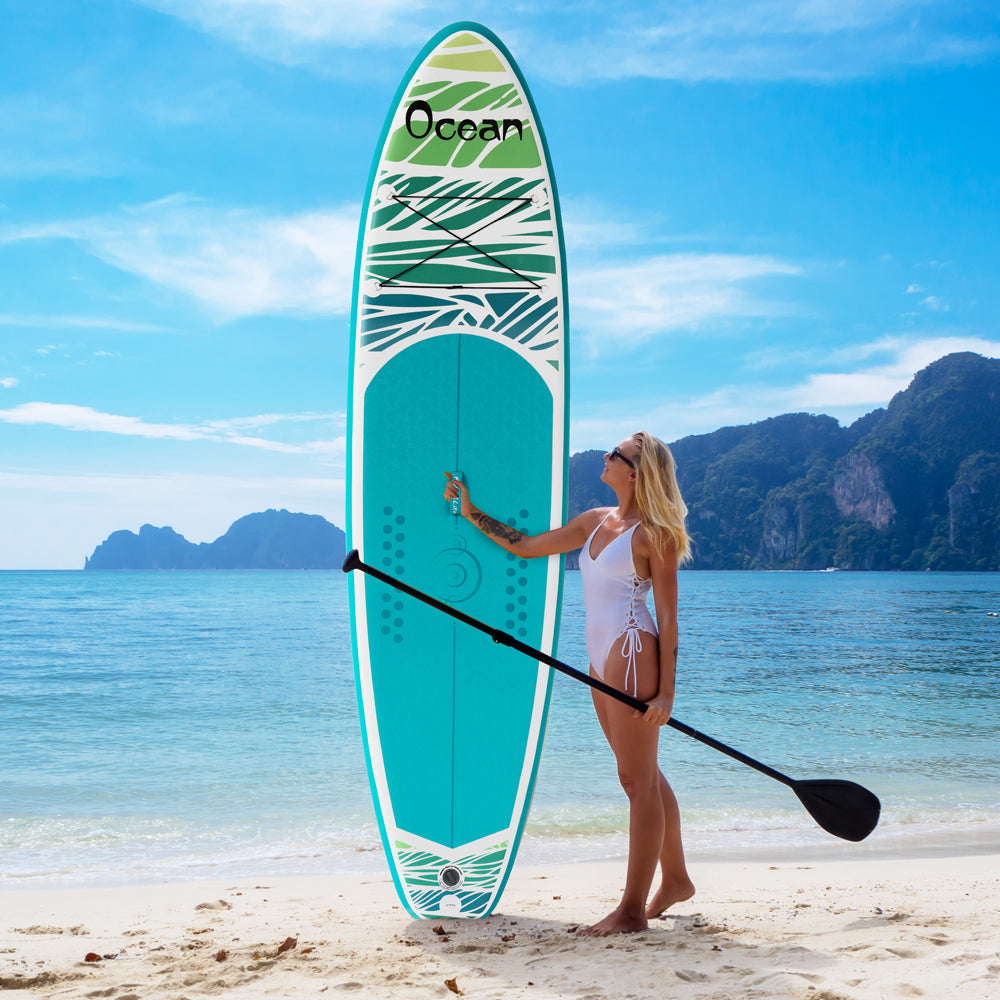
Complete Guide to Winter Paddleboarding: Treksip5 (Tuyin 5) Cold-Resistant Kit + Insulated Foot Pads for 5°C Temperatures
Winter doesn’t have to mean saying goodbye to water sports—for paddleboard enthusiasts, with the right gear, winter can be a thrilling time to hit the water. Statistics show that winter paddleboarding participation has grown by [X]% annually, as more people seek to challenge themselves and connect with nature in the cold months. When it comes to winter paddleboarding gear, Treksip5 (Tuyin 5)’s cold-resistant kit and insulated foot pads stand out, enabling you to enjoy the sport even in 5°C temperatures. Here’s a complete guide to help you tackle the cold with confidence.
Winter Paddleboarding Challenges and Preparation
The Challenge of Low Temperatures
In 5°C conditions, the body loses heat rapidly. Without proper insulation, hypothermia, colds, or frostbite can occur. Additionally, cold water is denser, and currents may grow swifter, increasing the sport’s difficulty and risks.
The Importance of Gear Preparation
Suitable gear is critical for winter paddleboarding. Beyond the board itself, cold-resistant clothing, waterproof gloves, and warm footwear are essentials. Treksip5’s cold-resistant kit and insulated foot pads provide extra protection against the cold, making them standout choices.
Advantages of Treksip5’s Cold-Resistant Kit
High-Efficiency Insulating Materials
Treksip5’s cold-resistant kit uses advanced insulating materials (e.g., [specific material name]). These materials excel at retaining heat in 5°C temperatures, acting like a “warm protective suit” for the body. Their special fiber structure traps air between fibers, creating an insulating layer that reduces heat exchange with cold air.
Waterproof and Windproof Design
Winter waters are windy and humid, so waterproof and windproof performance is key. The kit’s outer layer uses windproof, water-resistant fabric to block cold winds and splashes, keeping you dry. Even in choppy conditions, you’ll stay warm and focused on paddling.
Ergonomic Comfort
Designed with ergonomics in mind, the kit fits the body’s curves without restricting movement. Whether paddling, turning, or balancing, you’ll feel comfortable and agile—no bulky constraints to hinder your performance.
Unique Features of Treksip5’s Insulated Foot Pads
Heat Insulation
The foot pads are made of high-density insulating material, effectively blocking cold from the water. Your feet stay warm even during long sessions on icy surfaces, significantly boosting comfort in winter.
Anti-Slip and Shock-Absorbing
Winter paddleboards can get slippery from condensation, but the foot pads’ textured surface provides strong grip, ensuring stable footing. They also absorb shocks, reducing impact on your feet while paddling, keeping you comfortable.
Soft and Comfortable Feel
The material is soft and contours to your feet, delivering a cozy sensation—like walking on warm ground, even in the cold.
Winter Paddleboarding Guide: Itinerary Planning
Choose Suitable Waters
Opt for calm, ice-free or minimally iced areas. Avoid rapids, whirlpools, or floating ice. Inland lake bays or calm river sections are ideal.
Check Weather Conditions
Monitor forecasts closely—choose sunny days with light winds. 5°C feels much colder with strong winds, increasing risks. Avoid rain or snow.
Plan Timing Wisely
Winter days are shorter, so finish before dark. 10 AM to 3 PM is best, with milder temperatures and better light.
Winter Paddleboarding Guide: Safety Tips
Warm Up Thoroughly
Before launching, warm up for 15–20 minutes with jogging, jumping jacks, or stretches to boost body temperature and flexibility, reducing injury risks.
Carry Safety Gear
In addition to the cold-resistant kit and foot pads, bring a life jacket (critical for buoyancy if you fall in) and waterproof bags for phones/wallets to keep them dry.
Go with a Buddy
Winter paddleboarding is safer with a partner for mutual assistance. Use walkie-talkies to stay connected if needed.
With Treksip5’s cold-resistant kit, insulated foot pads, smart planning, and safety measures, you can fully enjoy winter paddleboarding even at 5°C. Are you ready to take on the winter challenge? What small details do you think are easily overlooked in winter paddleboarding? Share your thoughts!